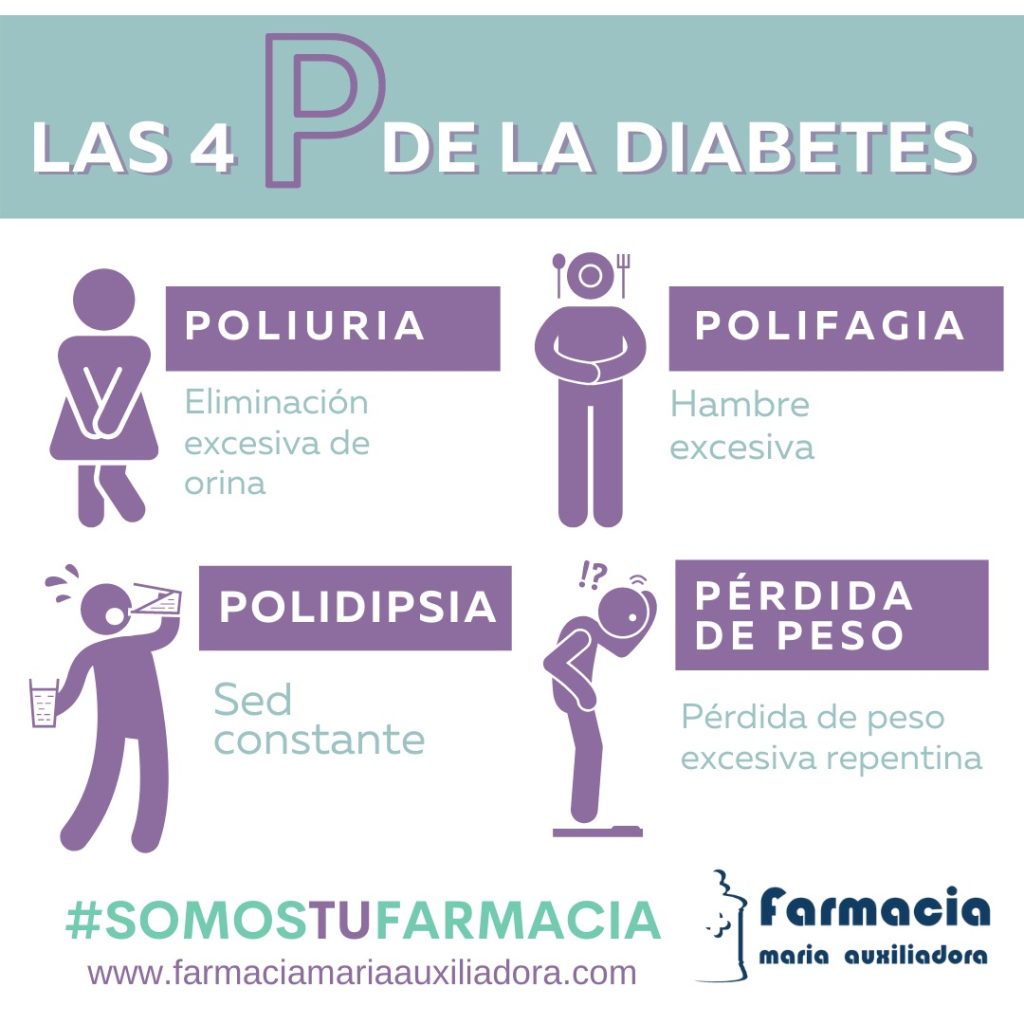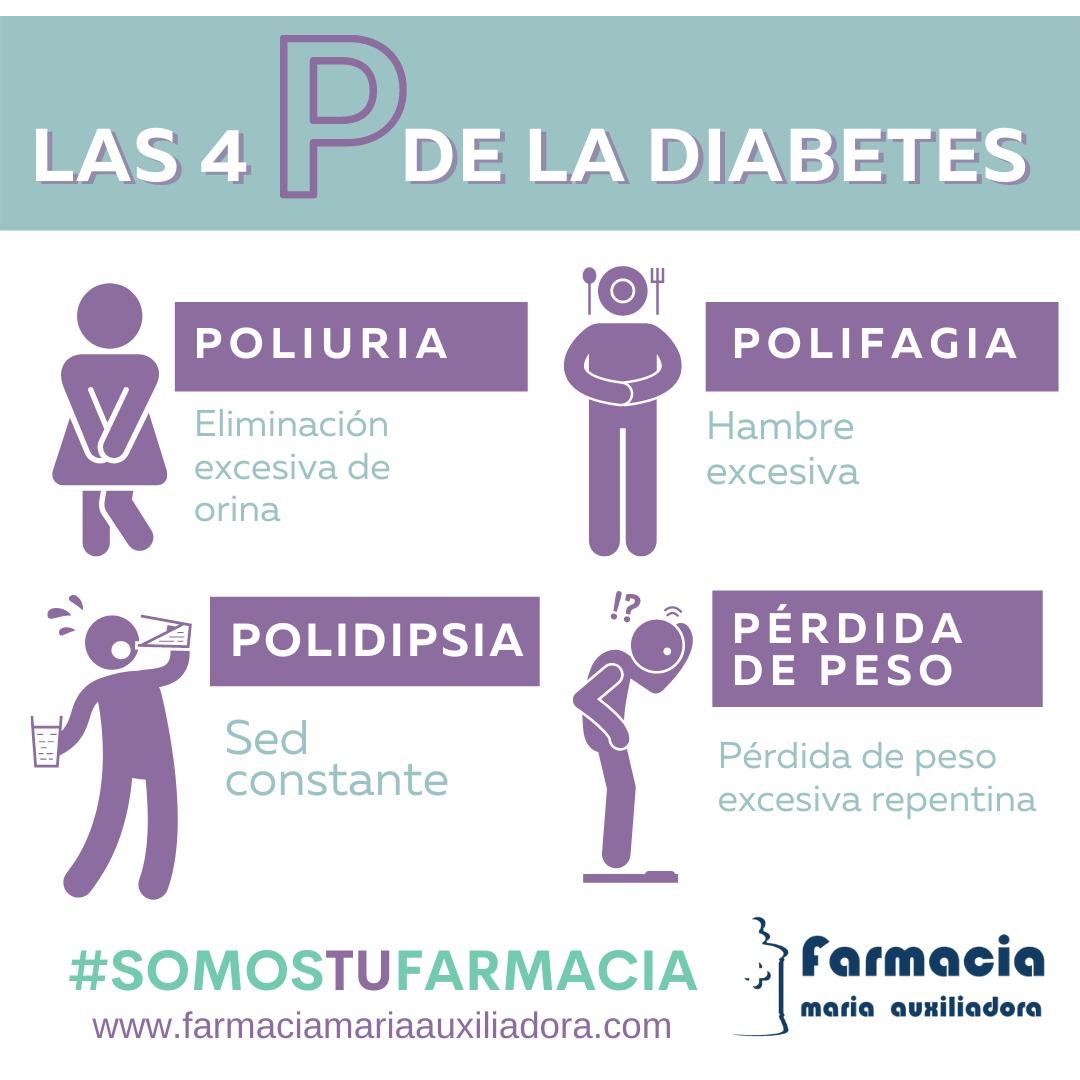If you’ve been feeling unusually thirsty, tired, or making more trips to the bathroom than usual, you might be experiencing the 4 P’s of diabetes—a classic set of symptoms that often signal high blood sugar. These signs are more than just minor inconveniences; they’re your body’s urgent message that something’s off. Recognizing the 4 P’s of diabetes early can lead to faster diagnosis, better management, and even prevention of serious complications. Let’s break down what they are, why they happen, and what to do next.
What Exactly Are the 4 P’s of Diabetes?
The “4 P’s” refer to four primary symptoms that commonly appear in people with uncontrolled or undiagnosed diabetes—especially Type 1 diabetes, though they can also occur in Type 2. The term comes from medical shorthand, where each symptom starts with the letter “P” in English:
- Polyuria – Frequent urination
- Polydipsia – Excessive thirst
- Polyphagia – Increased hunger
- Polyweight loss – Unexplained weight loss (Note: While not starting with “P,” this is traditionally included as the fourth “P” in clinical teaching due to its critical importance. Some sources refer to it as “Ponderal loss.”)
These symptoms often appear together and escalate quickly—especially in Type 1 diabetes, which can develop over just a few weeks.
Why Do the 4 P’s Happen? The Science Behind the Symptoms
When blood glucose (sugar) levels rise too high—typically above 180 mg/dL—your kidneys can’t reabsorb all the excess sugar. This leads to osmotic diuresis, where sugar pulls water into the urine, causing you to pee more (polyuria).
That fluid loss triggers intense thirst (polydipsia) as your body tries to rehydrate. Meanwhile, because your cells can’t access glucose for energy (due to lack of insulin or insulin resistance), your body signals extreme hunger (polyphagia)—even after eating.
And despite eating more, you may lose weight rapidly because your body starts breaking down fat and muscle for fuel—a hallmark of Type 1 diabetes.
According to the American Diabetes Association (ADA), nearly 1.6 million Americans have Type 1 diabetes, and many are diagnosed only after experiencing these 4 P’s. In fact, a 2022 CDC report found that 23% of adults with newly diagnosed diabetes reported all four symptoms within the prior month.
Recognizing Each “P” in Real Life: What to Watch For
1. Polyuria: More Than Just “Needing to Go”
- Normal urination: 6–8 times per day
- Polyuria: 10+ times daily, including waking up multiple times at night (nocturia)
- Red flag: Producing more than 3 liters of urine per day (normal is ~1–2 L)
💡 Tip: Track your bathroom visits for 2–3 days. If you’re going every hour—even without drinking extra fluids—it’s time to check your blood sugar.
2. Polydipsia: Thirst That Won’t Quit
- Drinking more than 2–3 gallons (8–12 liters) of fluid per day
- Dry mouth that persists even after drinking water
- Craving sugary drinks (which can worsen blood sugar spikes)
This isn’t summer thirst—it’s your body trying to compensate for fluid loss from frequent urination.
3. Polyphagia: Always Hungry, Never Full
- Feeling ravenous 1–2 hours after meals
- Eating larger portions but still feeling weak or shaky
- Cravings for carbs or sweets that don’t satisfy hunger
Unlike normal appetite, this hunger comes with fatigue and brain fog—signs your cells are starved for energy.
4. Unexplained Weight Loss: The Silent Alarm
- Losing 5–10 pounds (or more) in 1–2 weeks without dieting or exercise
- Clothes fitting looser despite normal or increased food intake
- Visible muscle wasting (in severe cases)
This is especially common in children and young adults with new-onset Type 1 diabetes. The ADA notes that weight loss of >5% of body weight in a month without cause warrants immediate medical evaluation.

How the 4 P’s Differ Between Type 1 and Type 2 Diabetes
| Onset | Sudden (days to weeks) | Gradual (months to years) |
| Polyuria | Severe, often with bedwetting in kids | Mild to moderate |
| Weight Loss | Common and rapid | Less common; some gain weight early on |
| Age at Onset | Often <30 years | Usually >45 years (but rising in youth) |
| Ketones | Often present (risk of DKA) | Rare unless under severe stress |
⚠️ Warning: If the 4 P’s appear suddenly—especially with nausea, fruity breath, or confusion—seek emergency care. These could signal diabetic ketoacidosis (DKA), a life-threatening condition.
For more on diabetes types, see the Wikipedia page on Diabetes Mellitus .
What to Do If You Notice the 4 P’s
Don’t wait. Early action can prevent complications like nerve damage, kidney disease, or vision loss. Here’s your step-by-step plan:
- Check your blood sugar
- Use a home glucose meter (available at pharmacies without prescription).
- Fasting level >126 mg/dL or random >200 mg/dL suggests diabetes.
- See a healthcare provider within 24–48 hours
- Request an A1C test (measures 3-month average blood sugar).
- A1C ≥6.5% confirms diabetes.
- Hydrate wisely
- Drink water or sugar-free electrolyte solutions—avoid juice or soda.
- Aim for 2–3 liters of water daily, unless advised otherwise.
- Avoid extreme diet changes
- Don’t skip meals—this can worsen blood sugar swings.
- Focus on balanced meals: protein + fiber + healthy fats.
- Monitor for emergencies
- Watch for vomiting, rapid breathing, or confusion—go to ER immediately.
FAQ: Common Questions About the 4 P’s of Diabetes
Q: Can you have diabetes without the 4 P’s?
A: Yes—especially with Type 2 diabetes. Up to 50% of people have no obvious symptoms at diagnosis. That’s why regular screening (starting at age 35, per USPSTF guidelines) is crucial.
Q: Are the 4 P’s always present together?
A: Not always. Some people experience only 2 or 3. But when all four appear together, it strongly suggests hyperglycemia and warrants urgent testing.
Q: Can other conditions cause the 4 P’s?
A: Rarely. Hyperthyroidism or kidney disease may mimic some symptoms, but the combination is highly specific to diabetes. A simple blood test can confirm.
Q: Do the 4 P’s go away with treatment?
A: Yes—often within days to weeks of starting insulin (for Type 1) or medication/lifestyle changes (for Type 2). Proper glucose control resolves the underlying cause.
Q: Should I test my child if they’re always thirsty and tired?
A: Absolutely. In children, the 4 P’s can progress to DKA in less than 24 hours. Don’t assume it’s “just a growth spurt.”
Q: Is “polyweight loss” really a “P”?
A: Technically, no—but it’s universally included in medical education as the fourth key sign. Think of it as the “P” for Pathological weight loss.
Conclusion: Don’t Ignore Your Body’s Warning Signs
The 4 P’s of diabetes aren’t just textbook terms—they’re real, urgent signals that could save your life or the life of someone you love. Early recognition leads to faster treatment, fewer complications, and better long-term health.
If this article helped you understand these critical symptoms, share it with a friend or family member—especially if they’ve been unusually tired, thirsty, or losing weight. A simple conversation could lead to a life-changing diagnosis.
👉 Your next step: Talk to your doctor about a blood sugar test if any of the 4 P’s sound familiar. Your health is worth it.
Stay informed. Stay healthy. Share the knowledge.

Leave a Reply